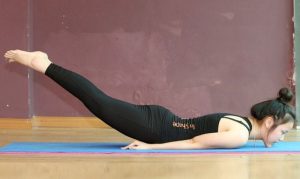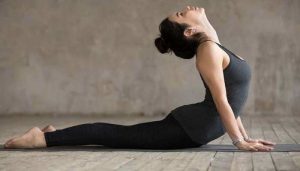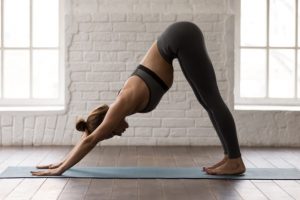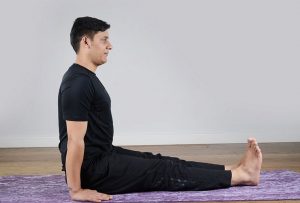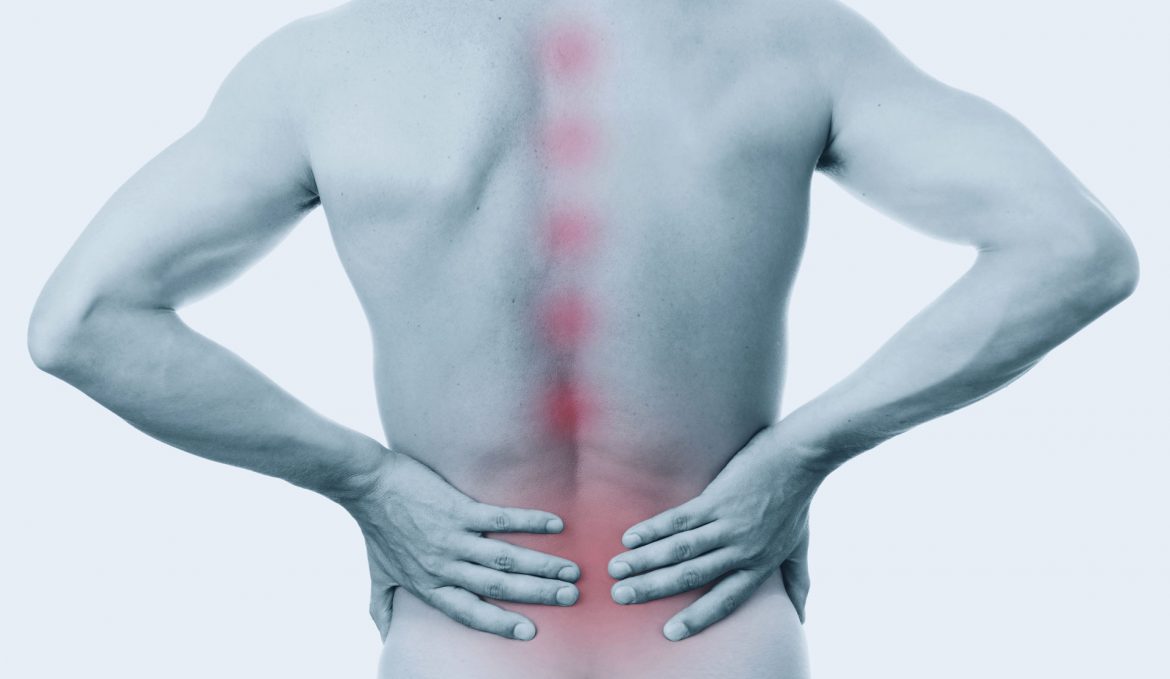
ANKYLOSING SPONDYLITIS – YOGA ASANAS
- January 30, 2023
- Posted by Dr. Vaidya Karanvir Singh
- 0 Comment(s)
Yoga uses mild stretching exercises that helps to relieve pain and also tends to increase the flexibility of the spine. Yoga asanas provides stability to the core for providing better support to spine.
Yoga also relieves the mental and body fatigue thus helps in relaxation thus reduce stress and anxiety. Poses also helps the individual to cope up with the emotional issues he may experience dealing with chronic illness.
Table of Contents
WHAT IS ANKYLOSING SPONDYLITIS ?
It is a type of Arthritis which causes chronic inflammation of the spine. There is inflammation of Sacro-iliac joints that are located between base of spine and pelvis. The inflammation is called as Sacroilitis which is first sign of Anklyosing spondylitis. The inflammation tends to spread to joints between vertebrae and this condition is termed as spondylitis.
Some individuals experience milder symptoms that come and go on their own but some may experience severe symptoms that can persist for longer durations. Over a certain period of time new bone formations can fuse vertebrae sections together thus making the spine rigid and this is termed as Ankylosis.
WHAT ARE THE RISK FACTORS OF ANKYLOSING SPONDYLITIS ?
The exact causes of the Ankylosing spondylitis are not known but some factors can contributes to the development of the disease in individual. The factors are :
- Age : The onset is usually between 16-40 years of age and often starts in teens and young adults.
- Gender : Males are at higher risk of developing it then females. It strikes males harder and earlier while female mostly experience milder form of AS.
- Genetics : Individual with mutated gene named Human leukocyte antigen-B gene (HLA-B) are at greater risk of developing Ankylosing spondylitis.
- Some health conditions can also increase risk of AS in individuals like ;
- Ulcerative colitis
- Crohn’s disease
- Psoriasis
WHAT ARE THE SYMPTOMS OF ANKYLOSING SPONDYLITIS ?
Individual with Ankylosing Spondylitis experiences symptoms like :
- Lower back stiffness and pain
- Joint pain
- Fatigue
- Hip pain
- Loss of appetite
- Neck pain
- Abdominal pain
- Difficulty in breathing
- Skin rash
- Unexplained weight loss
- Vision problems
- Diarrhea
WHAT ARE THE COMPLICATIONS OF ANKYLOSING SPONDYLITIS ?
Ankylosing spondylitis can affect more than just spine. If not given proper treatment it can leads to development of complications like :
- Spine become more prone to fractures
- Uveitis and photophobia
- Fused vertebrae
- Heart diseases like arrhythmia, aortitis , cardio-myopathy etc
- Chest pain
- Osteoporosis
- Jaw inflammation
- Kyphosis
- Cauda equina syndrome
AYURVED APPROACH :
In Ayurved it is said to be caused by Asthimajjagata Vata. The Vitiated vata causes lowering of digestive fire in the body which leads to formation of Ama. Ama along with vitiated vata spreads to Asthivaha srotas ( bone) and Majjavaha srotos(bone marrow ) of trika sandhi causing obstruction there leading to development of symptoms of Ankylosing Spondylitis.
HERBS :
- Ginger
- Punarnava
- Garlic
- Sahijan
- Ashwagandha
YOGA ASANAS
1. SALABHASANA (LOCUST POSE) :
It helps to strengthen lower back muscles and also provide relief from back pain and stiffness. It also stimulates the abdominal organs thus aids in digestion.
STEPS:
- Lie down on your stomach with legs stretched and soles facing upward
- Place hands close to body with palms facing down
- Stretch the chin and rest it on the floor.
- Inhale deeply and slowly start raising both legs from the ground keeping them straight to a convenient possible height
- Keep breathing normally and hold the position for as long as you feel comfortable
- Release the posture slowly exhaling and return to resting position.
PRECAUTIONS :
- Injuries of knees, hip, rib cage etc
- Recant abdominal surgery
- Sciatica
- Menstrual cycle
- Peptic ulcers
- Pregnancy and post natal women
2. BHUJANGASANA (COBRA POSE):
It helps to strengthen the muscles of spine thus improves mobility of the back and also stretch chest area. It is also beneficial for abdominal organs like kidney , liver etc and stimulates the appetite.
STEPS :
- Lie down on your stomach and toes flat with sole facing upward.
- Rest your forehead on ground and keep your legs together with heels and feet touching each other .
- Extent your toes backward.
- Taking deep breath press both hands down on ground and start lifting head and chest off the ground while keeping naval on ground.
- Keep your arms straight and stretch the neck
- Hold the posture for some time and then slowly bring down head and chest to floor while exhaling.
PRECAUTIONS:
- Hernia
- Intestinal tuberculosis
- Pregnancy
- Hyperthyroidism
- Recent abdominal surgery
3. ADHO-MUKHA SVANASANA (DOWNWARD FACING DOG POSE):
It helps to stretches the back muscles thus helps to ease pain and stiffness in back. This pose also helps to strengthen the bones and also strengthen your core.
STEPS:
- Stand on your legs hip width apart
- inhaling deeply start to bend down with palms touching the ground
- Both arms should be at shoulder-width apart
- Make an inverted V shape and head should be placed between the upper arms.
- While doing it ensure soles and heels touches the floor
- Hold the pose for 5-8 breaths and then slowly return to original posture.
PRECAUTIONS :
- Carpal tunnel syndrome
- Injury to arms, shoulder or back
- Migraine
- Pregnancy
- High blood pressure
- Vertigo
4. DANDASANA (STAFF POSE):
It helps to strengthen core and stretches neck and shoulders. It also helps to improve the posture. Strengthens the back muscles and lengthens the spine.
STEPS :
- Sit down with legs stretched in front of you and hands at your sides. Feet pointed upwards.
- Stretch the spine comfortably and relax your legs while pressing the body firmly on floor.
- Take deep breaths and hold the pose for 20-30 seconds.
- Slowly relax and repeat 5-6 times.
PRECAUTIONS :
- Pregnancy
- Hamstring stiffness
- Spine injury
- Wrist injury
- Sciatica

Dr. Vaidya Karanvir Singh is the younger Vaidya in Chandigarh Ayurved & Panchakarma Centre. He is the fourth generation in his family who is practicing as a general consultant in Ayurved & Panchakarma treatment at Chandigarh. In his practice, he had treated more than 1 Lakh Plus patients worldwide.


